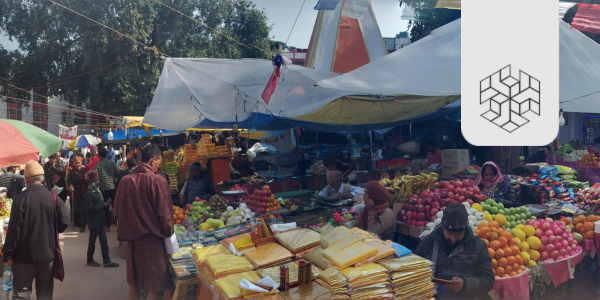Authored by: Mohd Salman Kavish
Edited by: Yamini Negi
ABSTRACT
The rising urbanisation in India is leading marginalised sections living in informal settlements towards a more impoverished lifestyle. The quality of life in informal settlements is dependent on multiple factors such as access to toilets, access to drinking water, sanitation, and waste management. The state of affairs regarding such factors has always been bad in informal settlements with no practical solution in sight yet. Thus, this paper attempts to analyse the accessibility to drinking water, toilets, sanitation, and waste management infrastructure in informal settlements.
INTRODUCTION
Various organisations and civil societies have thoroughly studies India’s rural sanitation issue Still, there remains a gap in understanding sanitation among the urban poor, especially among the households of informal settlements. Informal settlements are areas where residents often have no tenancy rights over the land or the place they live in. The residents often lack basic civic services and city infrastructure, like, drinking water, toilets, drainage system, sewer pipelines, proper roads and many other services (Brown 2015). In other words, informal settlements are those that emerge unlawfully and haphazardly, either on government property or private land, and are usually unplanned, thereby breaching government planning requirements. Jhuggi-jhopri clusters, unauthorised colonies, resettlement colonies, and notified slums are some examples of Informal Settlements. For the 2011 Census of India, the Registrar General of India classified slums into three categories, namely ‘notified’, ‘recognised’, and ‘identified’ (Bhandari 2013). It is important to note that while several civil society organisations and institutions define informal settlement in terms of its literal meaning, no competent authority in India has defined it (Bhandari 2013).
The poor physical and social conditions dictate the quality of life in such neighbourhoods. Households in densely populated settlements lack stable electricity, clean water, and sanitation amenities. Moreover, pavements and roads are practically absent (Ali 2006), along with garbage collection and disposal facilities. This leads to solid waste and household wastewater stagnating around the household premises, contributing to an unhygienic environment. All factors, as mentioned earlier, contribute to the intractable urban misery visible in such settlements.
Rapid and unplanned urbanisation has led to much of urban India lacking regular access to safe drinking water. Lower-income households spend a significant part of their already limited income on water purchased from private or publicly contracted suppliers (Roy 2013). Unclean drinking water causes diarrhoeal illness in children living in informal settlements. As a result, recurrent diarrhoea causes higher child mortality and poor nutritional status (Howard and Bartram 2003).
Sanitation is already a significant concern in India, worsened by the lack of access to toilets in informal settlements. Though more than half the Indian population owns a mobile phone, less than half have access to a toilet (Kelkar 2012). The increasing population in informal settlements combined with no hygienic amenities pushes approximately 5 crore men, women, and children in India to defecate in the open every day (Nallari 2015). As per the 69th round of the National Sample Survey, there are 33,510 urban slums in the country, comprising 88 lakh households, with less than a third of them having toilets (NSSO 2012).
There are a variety of factors that deny access to toilets. One of them is the inefficient role played by Urban Local Bodies [ULBs] in maintaining toilets. The service includes frequent emptying of excreta from septic tanks, regular water supply, cleanliness for public toilets, and the overall maintenance of the toilets.
An urban poor person faces a range of sanitation-related obstacles daily, but their concerns go overlooked and unheard. Thus, this study attempts to identify the status of essential sanitation services and civic amenities affecting the quality of life among the households of informal settlements. This study utilises the unit-level data from the 76th round of the National Sample Survey [NSS] Schedule 1.2 on ‘Drinking Water, Sanitation, Hygiene, and Housing Condition’ using Stata software to meet its objectives. For this study, the variable ‘Informal Settlement’ uses NSS data’s classifications of ‘notified slums, recognised slums, and identified slums’.



